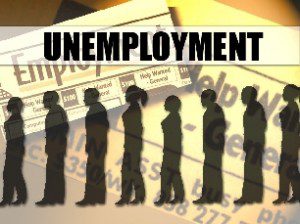The U.S. economy added a mere 88,000 new jobs in March, well below the 190K that analysts had predicted, according to data released by the Bureau of Labor Statistics Friday.
The unemployment ticked down slightly to 7.6 percent from 7.7 percent as more people stopped looking for work, not necessarily a good thing.
The labor force participation rate is the lowest since May 1979; the government only counts those who are actively looking for work.
The March job gains were half the pace of the previous six months when the economy added 196,000 jobs a month, the AP reports. There are fears of a “spring swoon” and that the economy could slow after showing some signs of growth over the winter.
In March employment rose notably in professional and business services (+51,000), education and health services (+44,000), construction (+18,000), and leisure and hospitality (+17,000). Retail trade lost 24,100 jobs in March, following 8 months of growth.
From Alan B. Krueger, Chairman of the White House Council of Economic Advisers:
It is important to bear in mind that the March household and payroll surveys are the first monthly surveys to look at employment since the beginning of sequestration. While the recovery was gaining traction before sequestration took effect, these arbitrary and unnecessary cuts to government services will be a headwind in the months to come, and will cut key investments in the Nation’s future competitiveness. The Congressional Budget Office has estimated that the sequester will reduce employment by 750,000 full-time equivalent jobs by the end of the year.
Among the major worker groups, the unemployment rate for teenagers remained a high 24.2 percent while for Africans-Americans the jobless rate stood at a whopping 13.3 percent. Among whites, the unemployment rate is 6.7 percent and for Hispanics, 9.2 percent.



